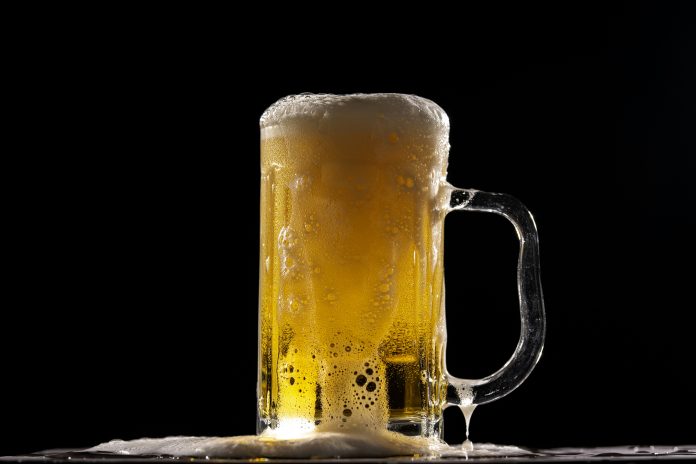Research conducted by Jafferjee Brother Securities (JBS) has revealed that beer consumers in Sri Lanka pay more than 70% of the retail price of beer in taxes.
According to the report, excise duty alone accounts for 47% of the retail price of a bottle of strong beer, while value-added tax accounts for 15.3% of the price.
In addition, another 6% is collected from income tax, 2.4% from social security contribution tax, and 0.5% from dividend tax.
According to the research, these taxes collectively add up to 71.2% of the retail price when adjusted for purchasing power parity (PPP).
“Even with PPP adjustments, enjoying a cold one is not as cool as it seems,” JBS commented on its findings.
However, global analytics platforms project that the Sri Lankan beer market will grow at a CAGR of 9.32 percent between 2025 and 2029.
The domestic market is expected to generate approximately US$ 661.5 million in total revenue in 2025.
Accordingly, domestic consumption based on sales in supermarkets and convenience stores is expected to be US$ 523.8 million, while out-of-home consumption through restaurants and pubs is expected to reach US$ 137. 7 million. .
This is estimated to contribute US$ 23.81 to the per capita income from beer sales in Sri Lanka in 2025.
Furthermore, the total volume available in the domestic beer market during the year is forecast to reach 133.3 million liters, with domestic consumption at 115 million liters and out-of-home consumption at 18.3 million liters. The average consumption rate per person (at home) is expected to reach 5.23 liters in 2025.
However, the volume growth rate of the domestic beer market is expected to decline in 2026, as a contraction of -1.1 is expected for the year.
According to the Export Development Board (EDB), beer production in Sri Lanka began in 1881 in the colonial plantation sector.
Local breweries are located in several parts of the island, and lagers are among the most in-demand beer varieties in the country, according to the EDB.





